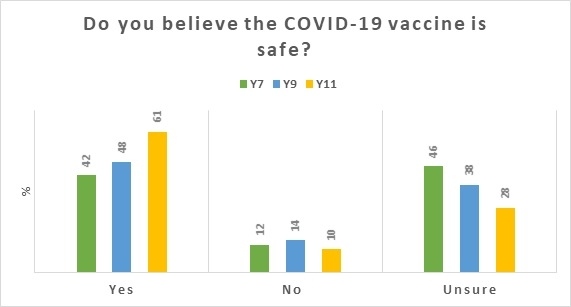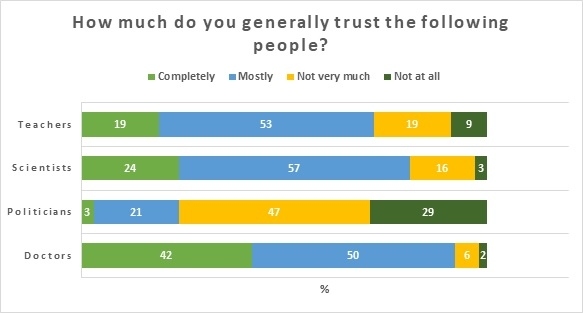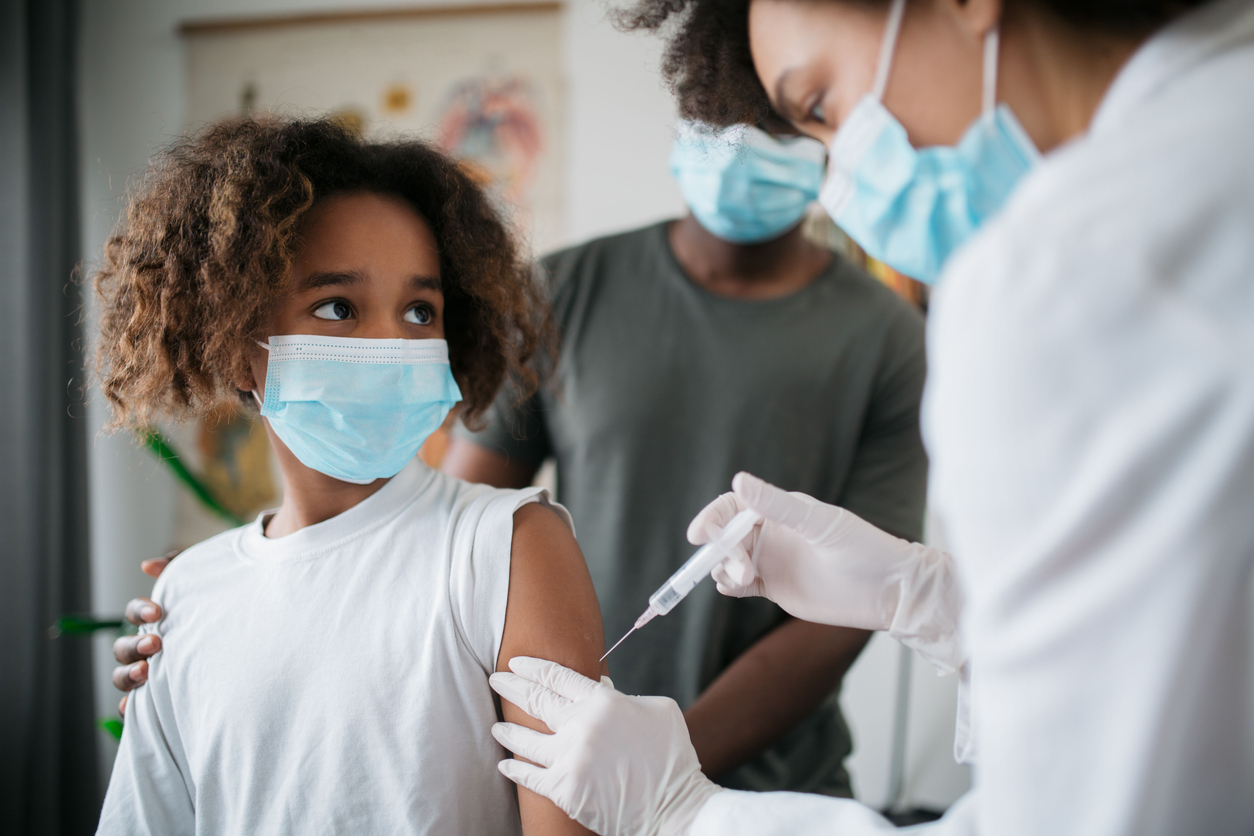On September 13th, the UK’s four chief medical officers concluded that children aged 12 and over can be offered one dose of the Pfizer/BioNTech COVID-19 vaccination.
There has been much debate about whether all children and younger teenagers should be offered vaccinations, with discussion about the safety of vaccines, consent from children and the need to both keep schools open and control case rates in our communities as we head into winter.
However, children’s voices have been largely absent from these discussions and a survey from the British Science Association showed that young people feel excluded from COVID-19 discussion and decision-making.
Data from our WISERD Education Multi-Cohort Study (WMCS) collected from young people aged 11-16 in eight Welsh schools between June and July 2021 show a considerable degree of concern about vaccine safety.
While 50% of the 767 respondents believed COVID-19 vaccines are safe, 37% were unsure and 13% did not believe vaccines were safe. Confidence in vaccine safety increased with age, 61% of Year 11 believed vaccines to be safe compared to 48% of Year 9 and 42% of Year 7 (figure 1).

Figure 1: Confidence in the safety of COVID-19 vaccines by Year group. Total responses = 767.
Recent data from the ONS showed that younger people, especially those in the 16-17 age group are more vaccine hesitant than adults. However, hesitancy is already decreasing. Data collected in April-May 2021 showed a 14% hesitancy rate in 16- and 17-year-olds and this dropped to 11% in June-July 2021.
These figures are averages across the population, and there were regional differences. Areas with the highest initial hesitancy also showed greater reductions over time, or put another way, greater increases in willingness to have a vaccination.
While young people are less likely to become seriously ill or die due to coronavirus, a small proportion of children and young people who contract COVID-19 do end up being hospitalised or experiencing long COVID. Studies of the Pfizer/BioNTech and Moderna/Spikevax vaccines in children have shown them to be safe and effective with side effects comparable to those observed in young adults.
However, the spread of misinformation about COVID-19 vaccine safety via social media in particular, coupled with concerns from parents/guardians about vaccine safety and children and young people’s own concerns about the risk to their health from either getting or not getting a vaccination creates a confusing scenario for young people.
There is a lack of clear independent and accessible information aimed at children and young people and as a result, decisions may be made on false or misleading claims. Additional data from this year’s WMCS survey shows that less than 25% of young people surveyed trust politicians, whereas over 90% trust doctors and over 80% trust scientists.

Figure 2: Trust in different professions. Relevant selection of professions shown only, full data will be provided in a future blog. Total responses = 775, from Year 7, Year 9 and Year 11 pupils.
While resources for children and young people are available on the UK government website, they may not appeal to young people with low levels of trust in politicians and government. Doctors and scientists may be best placed to present the current evidence and information regarding vaccines to children and young people, and help to dispel false or unverified information, so that young people can make informed decisions.
Teaching resources have been developed and incorporate videos from doctors, however it is important that all children and young people who have just become eligible for a vaccine have access to high quality resources that include age appropriate scientific and public health information.
Image credit: by Ivan Pantic, via iStock.

